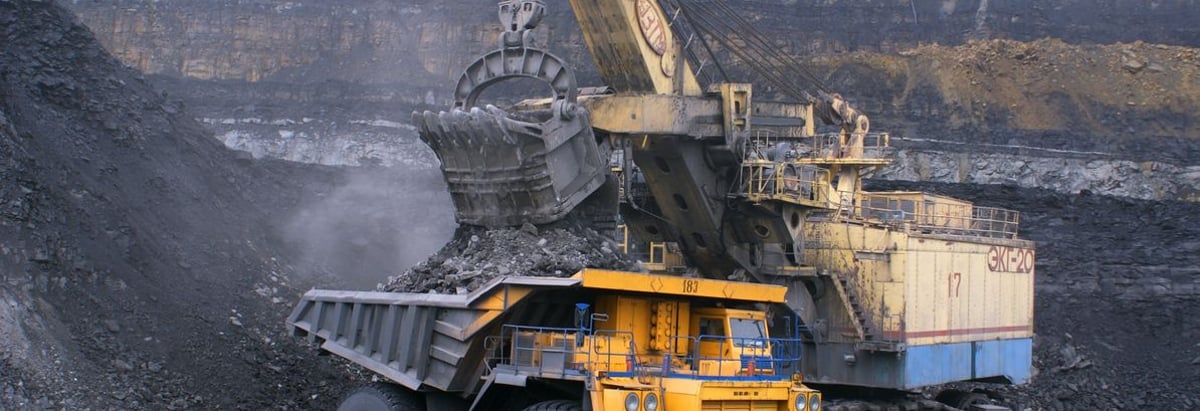Stock Analysis
- Canada
- /
- Oil and Gas
- /
- TSXV:GXU
We're A Little Worried About GoviEx Uranium's (CVE:GXU) Cash Burn Rate

We can readily understand why investors are attracted to unprofitable companies. For example, although Amazon.com made losses for many years after listing, if you had bought and held the shares since 1999, you would have made a fortune. But the harsh reality is that very many loss making companies burn through all their cash and go bankrupt.
Given this risk, we thought we'd take a look at whether GoviEx Uranium (CVE:GXU) shareholders should be worried about its cash burn. For the purposes of this article, cash burn is the annual rate at which an unprofitable company spends cash to fund its growth; its negative free cash flow. Let's start with an examination of the business' cash, relative to its cash burn.
View our latest analysis for GoviEx Uranium
When Might GoviEx Uranium Run Out Of Money?
A cash runway is defined as the length of time it would take a company to run out of money if it kept spending at its current rate of cash burn. In March 2024, GoviEx Uranium had US$8.8m in cash, and was debt-free. In the last year, its cash burn was US$12m. That means it had a cash runway of around 8 months as of March 2024. Notably, analysts forecast that GoviEx Uranium will break even (at a free cash flow level) in about 4 years. That means unless the company reduces its cash burn quickly, it may well look to raise more cash. The image below shows how its cash balance has been changing over the last few years.
How Is GoviEx Uranium's Cash Burn Changing Over Time?
Because GoviEx Uranium isn't currently generating revenue, we consider it an early-stage business. Nonetheless, we can still examine its cash burn trajectory as part of our assessment of its cash burn situation. Given the length of the cash runway, we'd interpret the 24% reduction in cash burn, in twelve months, as prudent if not necessary for capital preservation. While the past is always worth studying, it is the future that matters most of all. For that reason, it makes a lot of sense to take a look at our analyst forecasts for the company.
How Easily Can GoviEx Uranium Raise Cash?
While GoviEx Uranium is showing a solid reduction in its cash burn, it's still worth considering how easily it could raise more cash, even just to fuel faster growth. Generally speaking, a listed business can raise new cash through issuing shares or taking on debt. One of the main advantages held by publicly listed companies is that they can sell shares to investors to raise cash and fund growth. We can compare a company's cash burn to its market capitalisation to get a sense for how many new shares a company would have to issue to fund one year's operations.
GoviEx Uranium has a market capitalisation of US$27m and burnt through US$12m last year, which is 47% of the company's market value. From this perspective, it seems that the company spent a huge amount relative to its market value, and we'd be very wary of a painful capital raising.
How Risky Is GoviEx Uranium's Cash Burn Situation?
On this analysis of GoviEx Uranium's cash burn, we think its cash burn reduction was reassuring, while its cash burn relative to its market cap has us a bit worried. Shareholders can take heart from the fact that analysts are forecasting it will reach breakeven. After looking at that range of measures, we think shareholders should be extremely attentive to how the company is using its cash, as the cash burn makes us uncomfortable. Taking a deeper dive, we've spotted 6 warning signs for GoviEx Uranium you should be aware of, and 4 of them are significant.
Of course, you might find a fantastic investment by looking elsewhere. So take a peek at this free list of interesting companies, and this list of stocks growth stocks (according to analyst forecasts)
New: Manage All Your Stock Portfolios in One Place
We've created the ultimate portfolio companion for stock investors, and it's free.
• Connect an unlimited number of Portfolios and see your total in one currency
• Be alerted to new Warning Signs or Risks via email or mobile
• Track the Fair Value of your stocks
Have feedback on this article? Concerned about the content? Get in touch with us directly. Alternatively, email editorial-team (at) simplywallst.com.
This article by Simply Wall St is general in nature. We provide commentary based on historical data and analyst forecasts only using an unbiased methodology and our articles are not intended to be financial advice. It does not constitute a recommendation to buy or sell any stock, and does not take account of your objectives, or your financial situation. We aim to bring you long-term focused analysis driven by fundamental data. Note that our analysis may not factor in the latest price-sensitive company announcements or qualitative material. Simply Wall St has no position in any stocks mentioned.
About TSXV:GXU
GoviEx Uranium
A mineral resources company, engages in the acquisition, exploration, and development of uranium properties in Africa.

